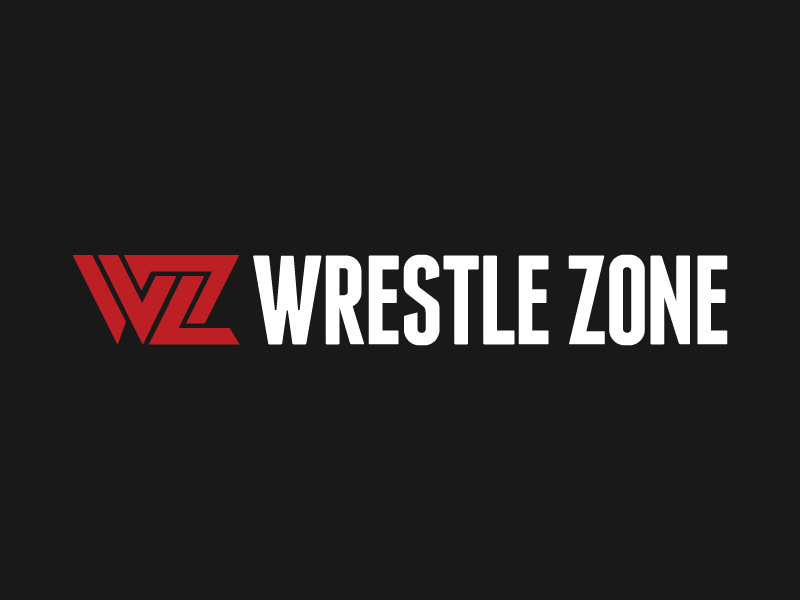At 195cm tall and breaking the scales at just above 115 kilos with a bench press well over 300+lbs, Sam Burgess easily commands attention in cities around China. Having wrestled as an amateur in the UK, training under former commonwealth champion Balvinder Singh, and having dabbled with the UK pro-wrestling scene in the early 2000s after a stint training…

Nic Nemeth confirms he did get a response when he invited Tom Segura to hash out any misconceptions about the…







